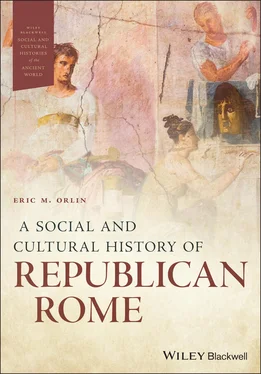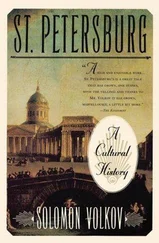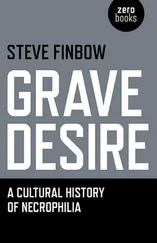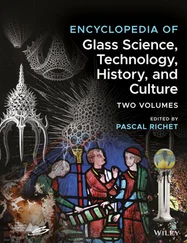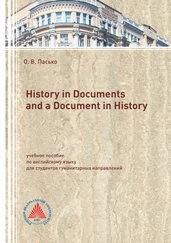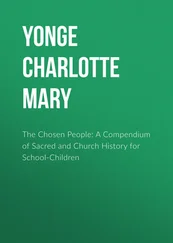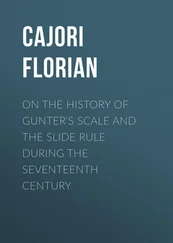1 ...6 7 8 10 11 12 ...18 When archaeology is mentioned, we might think first of the remains of major cities and monuments: the city of Pompeii, the Colosseum, and the Forum in Rome. These monuments offer the most visible clues to understanding the growth of cities such as Rome. The development of new architectural forms, often by adapting them from other societies, can also tell us about the relationship between Rome and foreign cultures. For instance, several early Roman temples clearly follow the design of earlier temples in Etruria, suggesting a high degree of Etruscan influence in early Rome. For monuments such as these, we can ask questions about broad cultural trends and the development of city life over a long span of time. However, for questions such as what people ate, what they wore, or what their daily lives were like, major monuments have no answers.
For those questions, it is the small and often fragmentary remains that offer the most information. Archaeology is, in fact, one of our primary sources of information for non-elites in the ancient world. If Cicero has very little to say about the non-elite, we must recover that information by other means, and archaeology is tops on that list. The humble garbage dump turns out to be a tremendous source of information, as specialists can recognize plant and animal remains, household goods, and other items that tell us what people ate or used on a daily basis. We can ask about how the diet of the lower classes compares to that of the wealthy, but we can also ask questions such as the origins of either natural or manufactured products, which can tell us about contact with other regions and trade practices. As historians have begun to pay proper attention to the non-elite, excavations have increasingly focused not on the grand houses of the elite, but on the homes of the less fortunate. For example, at Ostia, the port city of Rome, multi-story apartment buildings have been uncovered, offering a glimpse into the one or two room dwelling places in which an entire family might live (Figure 1.3). Excavation of cemeteries sheds light on family structure, demographic trends, and even the kinds of affectionate language used by family members to commemorate their deceased, offering insight into how Roman family members felt about each other. The deliberate disposal of items in garbage dumps and cemeteries not only does a better job preserving items than items left out in the open, but forces us to ask questions about why a particular item might have been discarded. The lives of individual Roman men, women, and children are illuminated more by archaeology than by any other source.

Figure 1.3 Insula of Diana, Ostia Antica, second century CE.
Archaeological evidence cannot answer every question we might have. One challenge is simply the availability of archaeological data for our time period, which is generally less abundant than for the Empire. Pompeiiprovides a good example (Figure 1.4). The city has a long history and was refounded as a colony by the Romans in 80 BCE, but the city owes its fame and its preservation to the eruption of Mt. Vesuvius in 79 CE, a full hundred years after the end of the Republic, and of course the years closest to the eruption are the best preserved. Sometimes we do have evidence for an earlier period; for example, many houses in Pompeii have rooms that can be dated to the Republican period. The vast majority of the material from Pompeii, however, dates to the period of the Empire. Historians must then decide how much the evidence from the later period can be used to understand practices of a century or more earlier. While Pompeii offers unparalleled evidence on issues such what Roman houses looked like, religious practices of the household, and town planning, it also vividly demonstrates some of the challenges of using archaeological evidence.

Figure 1.4 Aerial view of Pompeii. Mt. Vesuvius is in the background.
Pompeii also reminds us of the seemingly random nature of archaeology: archaeologists find what they happen to find. A volcano happened to erupt five miles from Pompeii that almost perfectly preserved the city, which happened to be discovered when the King of Naples wanted a new summer palace, but other cities elsewhere in Italy remain completely undiscovered by archaeologists. This phenomenon presents challenges for the historian; our questions have to be tailored to the information that has been randomly provided, and we always wonder what evidence we are missing that might either confirm or refute the answers we develop. Certain time periods may be over-represented (or under-represented), not because there actually was more (or less) material produced in a given period, but because archaeologists happened to find more or less of it. Historians constantly question how far the practices of any one city represent Roman culture as a whole: what happens in Seattle may be very different from what happens in Dallas or in smaller cities like Pueblo, Colorado. Nor should we automatically assume that the larger cities were more “civilized”: we know that by 60 BCE Pompeii was home to several theaters as well as Italy’s first surviving stone amphitheater, but at that time Rome itself had none of these buildings. The smaller the sample size, the harder it is to know what might be typical; with a larger data set – a collection of cities or many acres of countryside – archaeologists are able to compare data across sites and look for general patterns that are true across the spectrum.
Inscriptions left on permanent materials (generally stone or bronze), many of which turned up in the course of archaeological excavations, provide a second crucial source from material culture. Some inscriptions offer information about the practice of politics in Rome and Italy: electoral graffiti on the walls of Pompeii gives glimpses into the ways in which political campaigns were waged. Similarly, two town charters apparently drawn up by Julius Caesar and published shortly after his death offer insight into government structures, from magistrates to the grain dole. One of the most famous Republican inscriptions, the so-called Senatorial decree de Bacchanalibus (“on the Bacchanalians”) (Figure 1.5) is of interest not only for information about certain religious behaviors but also because it was found in southern Italy and so can tell us something about the relationship of the Roman Senateto the cities of Italy. In addition, the fasti , Roman calendars inscribed on stone, not only help us order the Roman year with its festivals and other holidays but also provide chronological information about magistrates and triumphs. As with any source, we need to ask questions about why a given document was published: why did the Roman state feel the need to tell everyone in Italy about their treatment of a particular religious practice? Why was it felt necessary to start posting calendars in different towns across Italy? However, these documents are invaluable because they provide direct evidence for contemporary Roman behavior.

Figure 1.5 Bronze tablet recording the Senatorial decree on the worship of Bacchus, 186 BCE. Kunsthistorisches Museum Vienna.
Читать дальше
